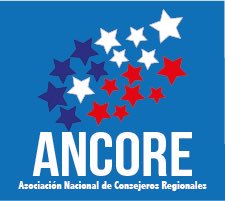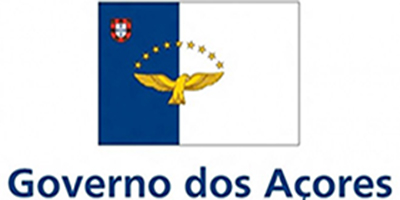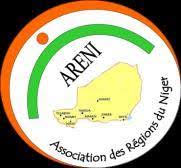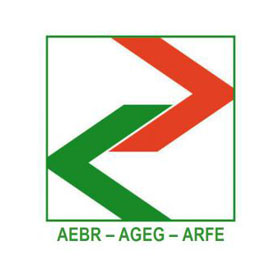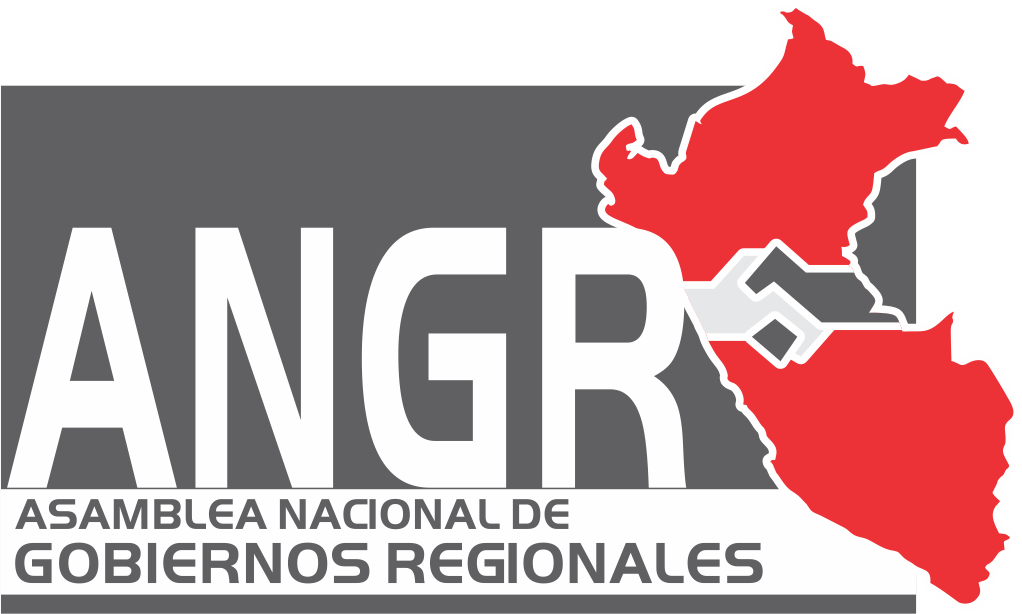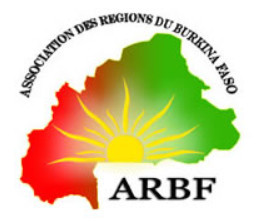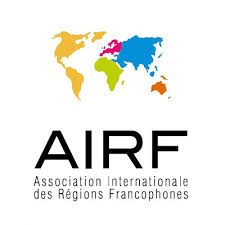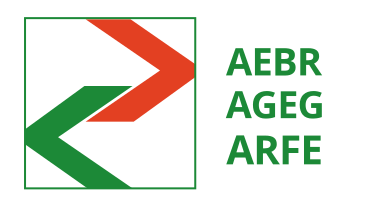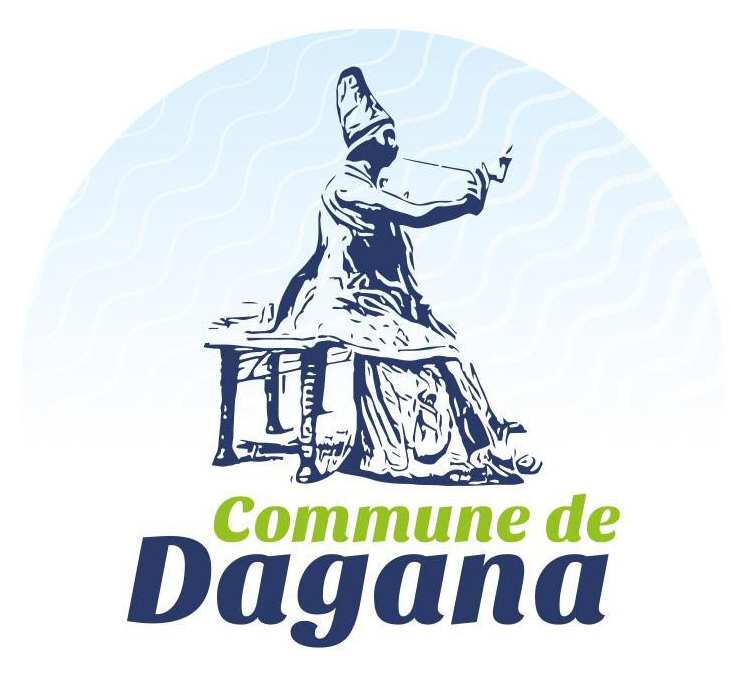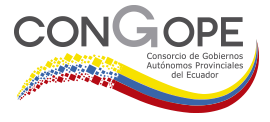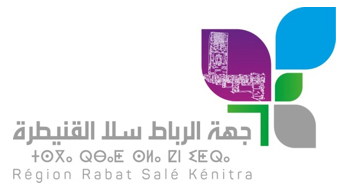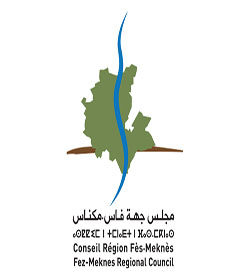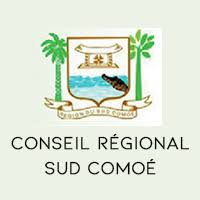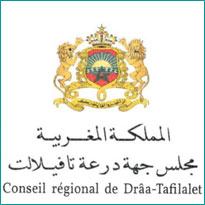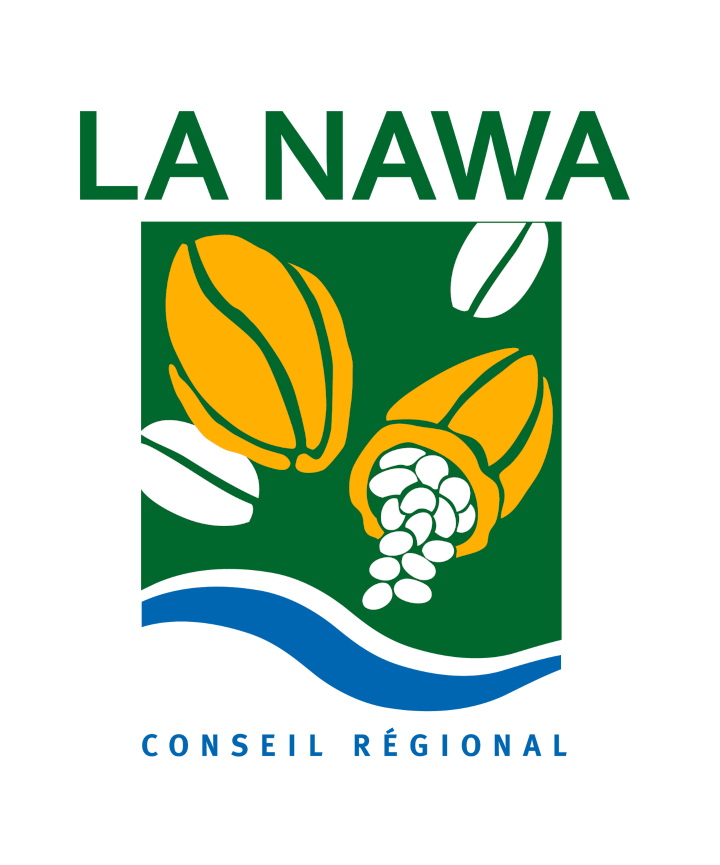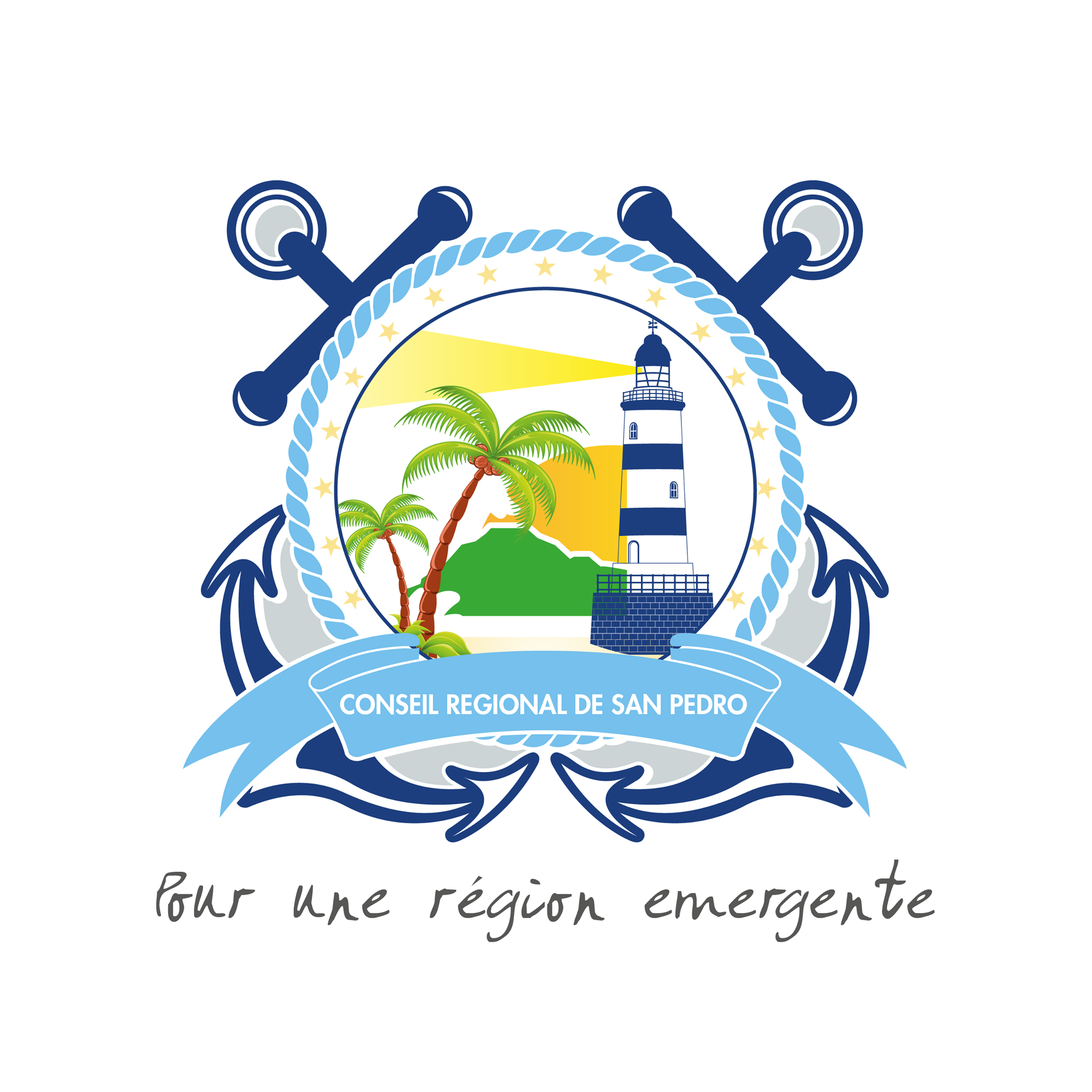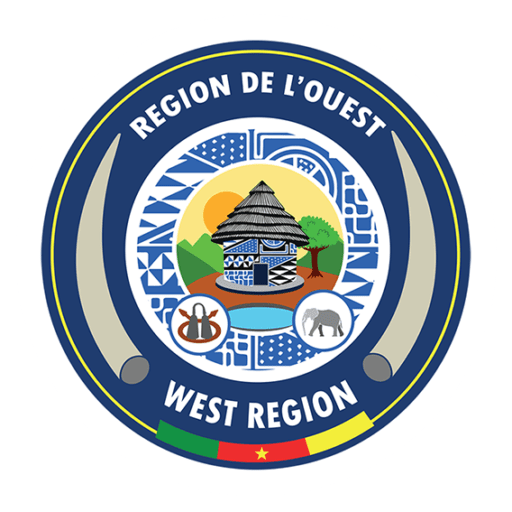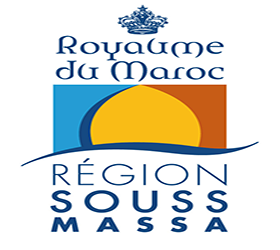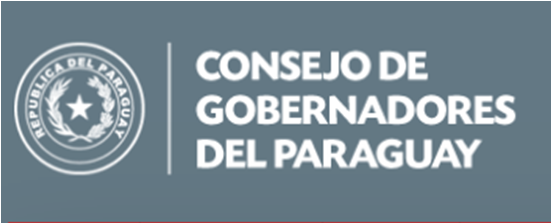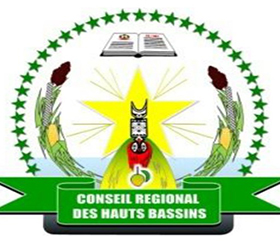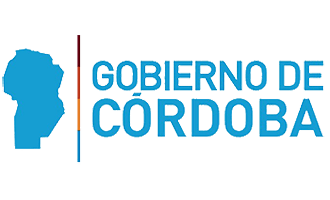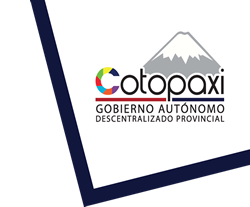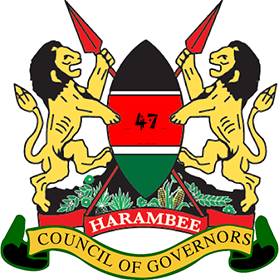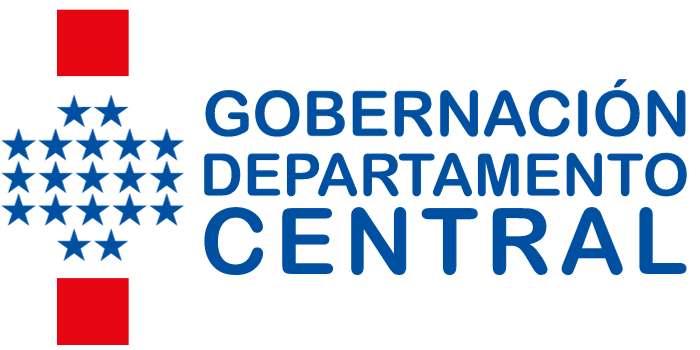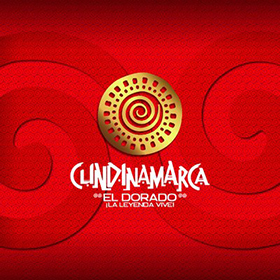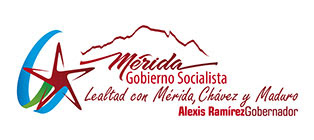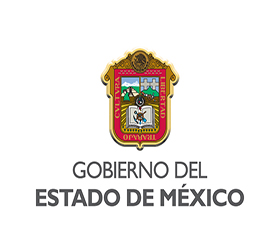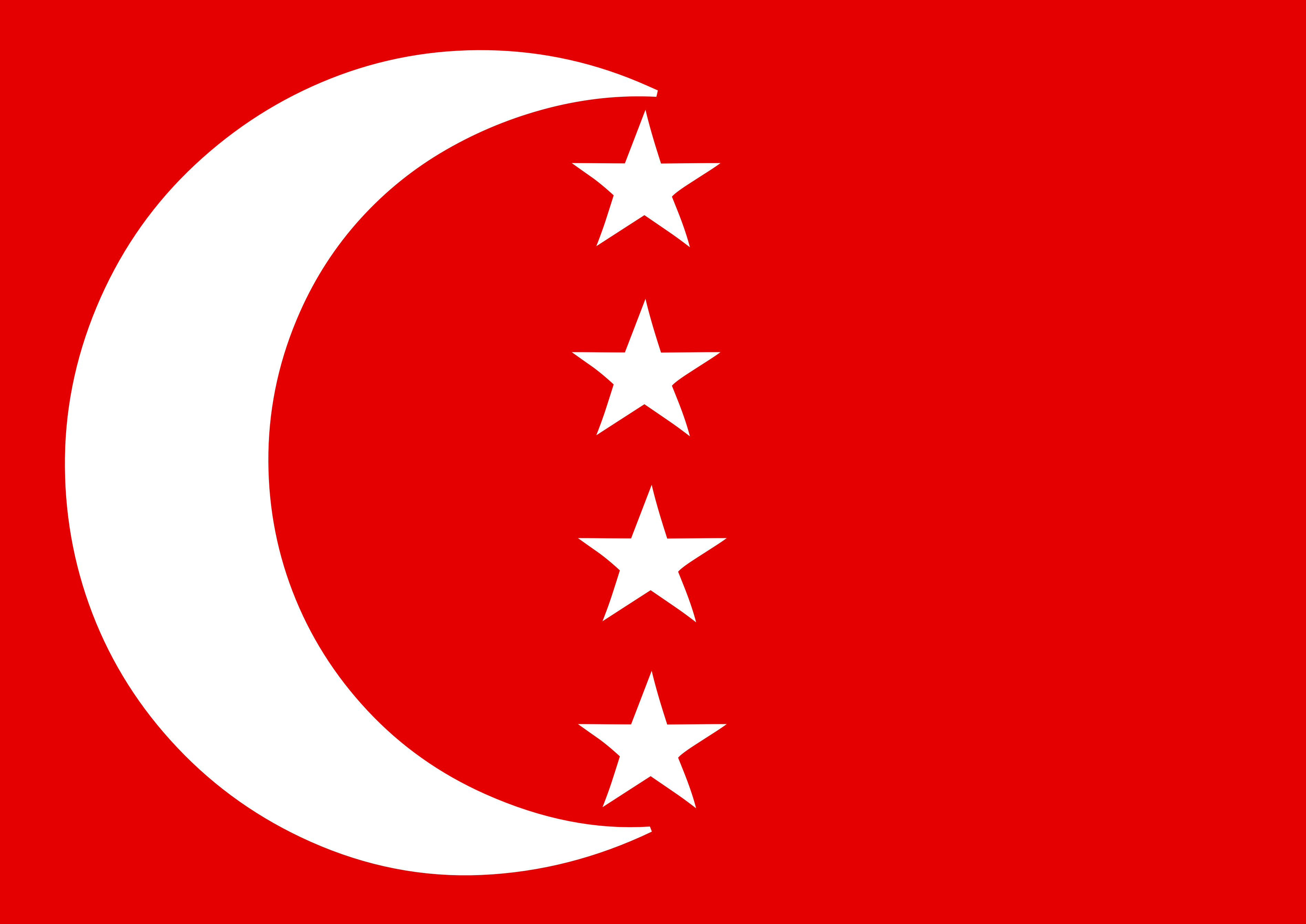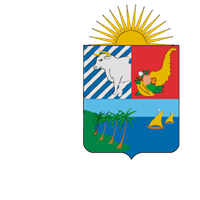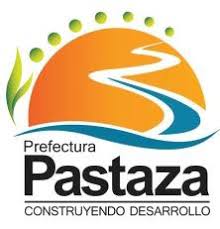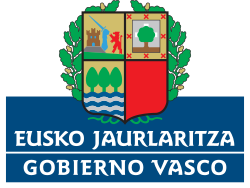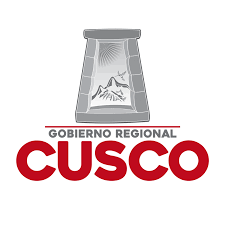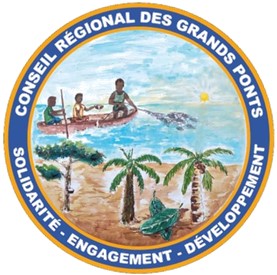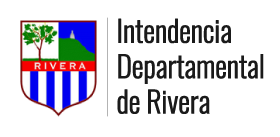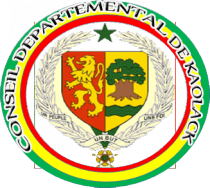Indigenous communities’ rights to self-determination

Marco Aparicio Wilhelmi
Doctor in Public Law and professor of Constitutional Law
Practices, analyses, and proposals concerning the right to self-determination of indigenous communities go back a long way. The first clear recognition of indigenous peoples as subjects of rights and, specifically as communities, with the right to self-determination dates back to the so-called “Informe Martínez Cobo” (“Martínez Cobo report”). This is “the study of the problem of discrimination against indigenous populations” carried out by the Special Rapporteur of the United Nations Sub-Commission on Prevention of Discrimination and Protection of Minorities. In this report, published in 1986, it clearly states that “it is starting to be understood that indigenous peoples have their own national identity, grounded in historical realities that transcend the mere phenomena of solidarity against discrimination and exploitation”. From these parameters, “self-determination in its multiple forms is, consequently, the necessary condition for indigenous communities to be able to enjoy their fundamental rights and determine their future, while preserving, developing and transmitting their ethnic specificity to future generations”.
This generous route implies, on the one hand, a great richness of experience, reflection, and political and normative advances. On the other hand, it entails a certain exhaustion coming from its questionable capacity to stop the rate of dispossession, the weakening of the collective structures, the violation of rights or, directly, the process of ethnocide, if not genocide.
Therefore, and to refer only to juridic expressions (which derive, of course, from intense mobilisation processes), after the great impulse that the Convention no.169 (1989) on indigenous and tribal peoples by the International Labour Organization (ILO) provided, or the chain of constitutional recognitions in Latin America throughout the 1990s, a certain disenchantment occurred at the beginning of the 2000s. A number of symptoms resulted from this depletion. Among them, the lack of practical effectiveness of the recognition can be highlighted. For example, this is demonstrated when confronted with international regulations on free trade, protection of private investment or intellectual property for commercial purposes, through a normative framework that openly ignores the scope of these indigenous rights. These include the right to prior, free and informed consultation, and territorial rights that allow access to and the enjoyment of natural resources or the protection of biodiversity and traditional knowledge.
This regulatory asymmetry was built hand in hand with the hegemony of the liberal multiculturalism thesis. This is, of a successful theoretical construction (as it was soon incorporated into regulations and public policies) capable of shifting the debate about social justice and, at the same time, deactivating the most transformative dimensions of cultural justice by keeping the hierarchy of the (intended, formal) individual autonomy in front of the collective self-government.
After this period of stagnation, the approval of the United Nations Declaration on the Rights of Indigenous Peoples in September 2007, and the Ecuador (2008) and Bolivia (2009) Constitutions, generated a new impulse that reopened debates, widened the horizons of proposals, and gave a new meaning to some indigenous rights claims. Especially, in terms of how to realize and develop their self-determination as peoples. In this sense, and despite the limitations to indigenous rights that were imposed during the so-called progressive wave in Latin America (for instance, the cases of Ecuador and Bolivia previously mentioned), in recent years we have witnessed a new revitalization of the political role demanding indigenous self-government. Proof of that can be found in the renewed centrality that the debate on self-determination, autonomy and self-government is taking in the UN’s mechanism on Indigenous Communities Rights and in on-going constitutional debates such as the Chilean one.
Nevertheless, it is necessary to note that beyond the juridical and political developments and contexts -national, regional, or international- conceptions and practices of indigenous self-determination have succeeded to maintain a constant vitality. Thus, despite the serious threats to their rights and their weak effectiveness, indigenous peoples have rarely stopped maintaining their self-government claims. What is more, and above all, they have persevered with autonomy as a daily and creative practice, as their autonomy is an essential expression of their identity, of their continuity as a human group.


